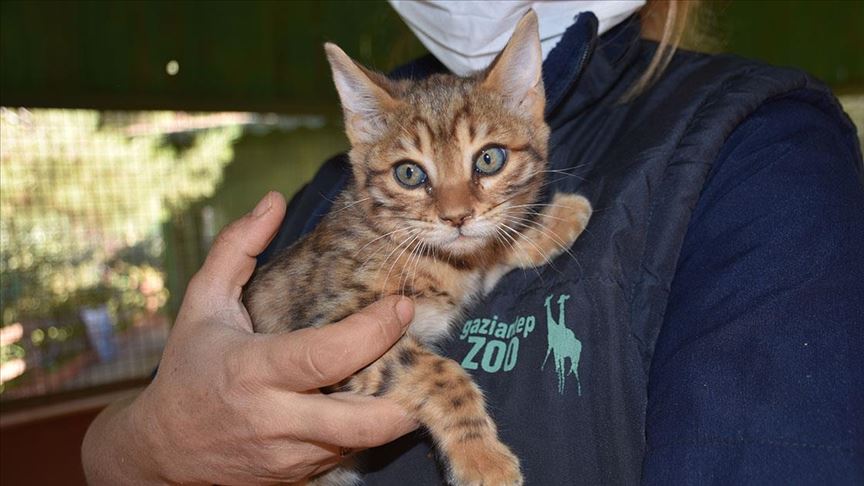The Bengal cat is a medium to large-sized cat breed with distinctive patterns, developed through the hybridization of domestic cats and the Asian leopard cat (Prionailurus bengalensis). Genetically reflecting a combination of wild and domestic traits, the Bengal is defined by its athletic build and shiny coat. The breed has been developed through controlled breeding programs since the 1960s and has been recognized by international cat associations.
Physical Characteristics
The Bengal cat has a muscular and strong structure. It is medium to large in size and has agile movement capabilities. Its body is long, with a slightly arched back and a straight abdominal line. The head is slightly triangular with rounded corners. The ears are medium-sized with slightly rounded tips. The eyes are almond-shaped and generally come in shades of green, gold, or yellow.
Its coat is short, dense, and velvety in texture. The fur usually displays leopard-like spotted or marbled patterns. In spotted patterns, the fur has round or oval shapes that contrast with a lighter background. Marbled patterns feature curved and wavy lines. The color range includes tones like golden yellow, brown, bronze, silver, and snow white. The shine of the coat is an indicator of healthy fur.
Behavioral Characteristics
The Bengal cat has an intelligent, curious, and energetic nature. This active breed tends to explore its environment and play. It is highly trainable and positively affected by various toys and mental stimuli. Due to its social nature, it interacts with its owners and avoids being left alone. It has been reported to adapt well to other pets and children. It has also been observed to show an interest in playing with water.

The Bengal Cat (AA)
Health and Care
Generally possessing a robust health structure, the Bengal cat can maintain a healthy life with regular veterinary check-ups, balanced nutrition, and appropriate exercise. Its short and dense coat makes grooming easier; weekly brushing is recommended. Due to its high energy level, it should be supported with physical and mental activities. Dental care, ear cleaning, and nail maintenance should be performed regularly. Although the risk of genetic diseases is low, regular health monitoring is important.
Breed Standards
The International Cat Association (TICA) defines the Bengal cat as a breed characterized by a medium to large size, muscular and agile body structure, with spotted and marbled patterns. The Cat Fanciers’ Association (CFA) defines the Bengal as having a strong and athletic build, with a shiny coat and wild patterns. In both standards, coat vibrancy, pattern clarity, and well-balanced body proportions are emphasized.
Popularity and Distribution
The Bengal cat has gained popularity in recent years and is a preferred breed among domestic cat owners. Due to its exotic appearance and social nature, it is kept in various households. Its active nature makes it suitable for individuals and families with a dynamic lifestyle. There are breeders and cat clubs for this breed worldwide.


